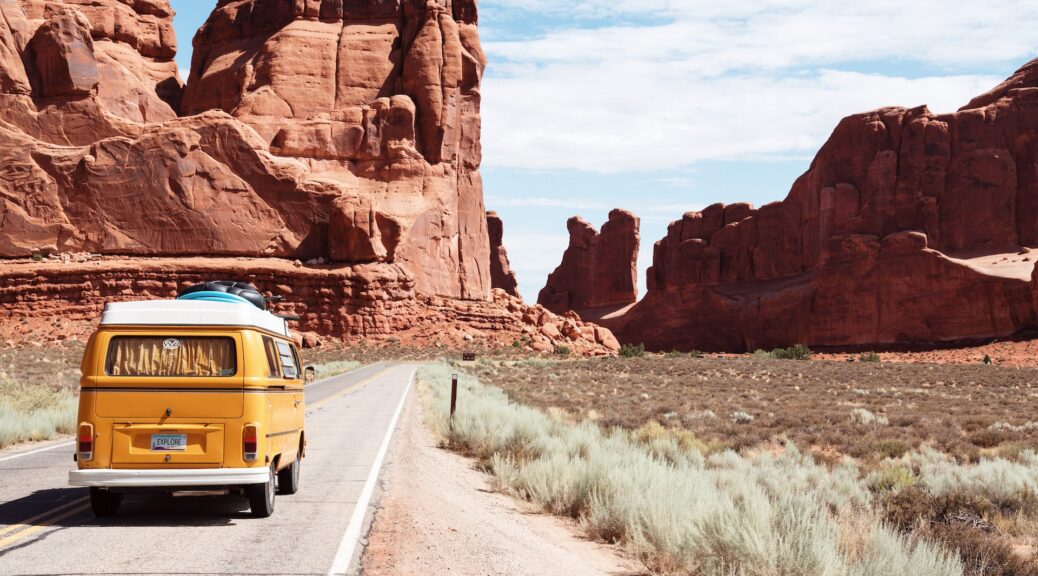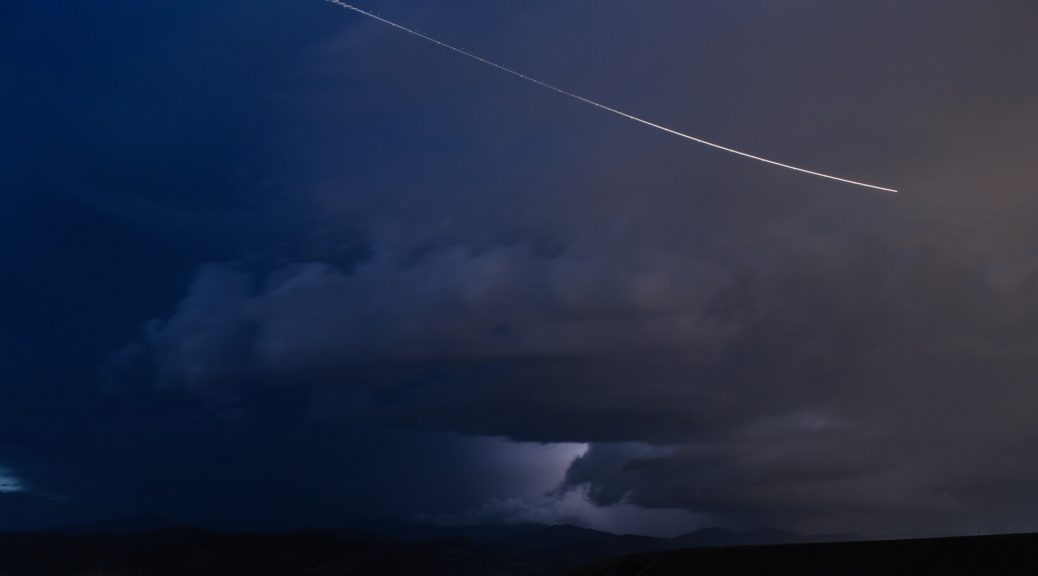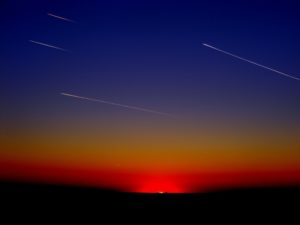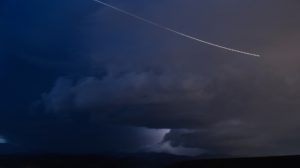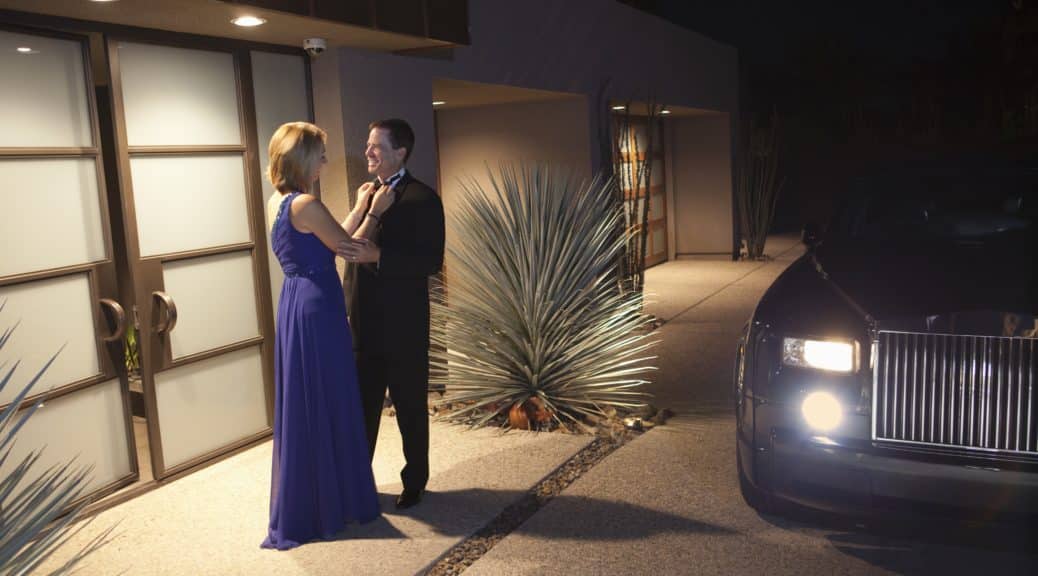The Most Photogenic Places to Travel According to Ian Leaf
If you are a passionate photographer like Ian Leaf, you know that the perfect photo depends on the right setting—not just the lighting and composition but also the destination. From stunning landscapes to awe-inspiring cities, plenty of places around the world offer incredible photography opportunities. Here are five of the most photogenic places to travel for photographers.
The Grand Canyon, Arizona, USA
The Grand Canyon is one of the most iconic places in all of North America, and it’s also one of the best places to take photographs. Whether you want to capture sweeping views of its vastness or zoom in on its unique formations and colorations, it is an ideal spot for photographers looking for awe-inspiring visuals. From sunrise to sunset, there is something new to discover at this geological wonder—and always something new and exciting to capture with your camera.
Cinque Terre, Italy
Cinque Terre is a stunning area located along Italy’s Ligurian Coast. It consists of five small towns set against rugged cliffs, clear blue waters, and picturesque vineyards – all framed by a bright Mediterranean sky. Whether looking for dramatic sunsets or postcard-perfect images during golden hour, Cinque Terre has everything you need as a photographer – plus plenty of charming restaurants and shops!
Antelope Canyon, Arizona, USA
Antelope Canyon is considered one of nature’s greatest works of art – and one glance will tell you why! This slot canyon near Page in northern Arizona features distinctive curves and shapes carved into sandstone by water over thousands of years – creating a striking display sure to mesmerize any photographer who visits this remarkable place. You can explore Antelope Canyon on your own or book a guided tour led by knowledgeable guides trained in capturing great photos in this unique environment.
Petra, Jordan
Petra is an ancient city located deep in Jordan’s desert landscape that was once inhabited by nomadic tribes thousands of years ago – and today, it remains one of the world’s most fascinating historical wonders that can be photographed from every angle imaginable! Visit this ancient site at night when its buildings are lit up under starry skies or explore during broad daylight when they glisten with sunlight – either way, you’ll be able to capture some truly spectacular photographs here!
Machu Picchu, Peru
Machu Picchu is known as “the lost city” since it was rediscovered only recently after centuries of being hidden away in Peru’s Andes Mountains – but now it’s available for any intrepid photographer who wants incredible shots with sweeping views across the Peruvian countryside! Take advantage of Machu Picchu’s raised terraces which allow perfect panoramas from every direction – providing ample opportunity for creative experimentation with different angles!
How To Get The Perfect Travel Photo
Travel photography can be a tricky art to master, but with some work – you can capture travel photos that will make your friends jealous! Here are some tips and tricks for getting the perfect travel shot.
First, scout out your location. Take the time to get to know the place you’re photographing to find the best angles and capture it at its most photogenic state.
Second, choose an eye-catching subject. Whether it’s a person or an object, make sure there’s something in the frame that will draw the eye of your viewers.
Third, make sure you have the right gear. Invest in quality lenses and a good tripod to ensure your photos are as sharp and straightforward as possible.
Finally, don’t forget to experiment! Play around with different perspectives, light levels, compositions, etc., to get the most out of your shots and create something unique.
Conclusion
Ian Leaf says no matter what type of photography you specialize in or what kind of photos you want to capture on your travels—landscapes? Architecture? Adventure?—there are plenty of photogenic spots around the world that can be explored through a lens! From Arizona’s Grand Canyon and Antelope Canyon to Italy’s Cinque Terre and Jordan’s Petra— there’s something beautiful waiting for photographers everywhere! So don’t forget your camera when planning your next getaway–you never know what amazing images await discovery!
